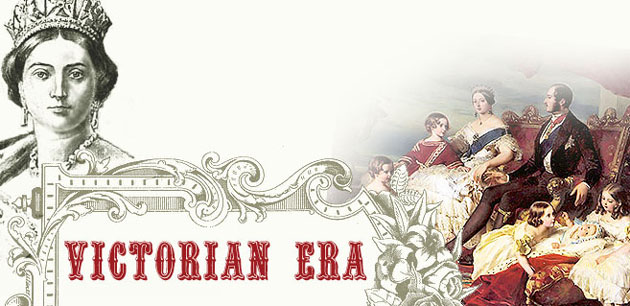VICTORIAN TIMES FASHION
 |
| Fig: Queen Victoria's rule |
 |
| Fig: Evolution |
 |
| Fig: Corset |
 |
| Fig: Late Victorian Clothing |
In the 60s the skirts became much flatter in the front and lifted out more behind the woman. In the70s,tea gowns were introduced for informal occasions like sitting at home and steadily grew in popularity.
Small hats were worn towards the front of the head and to complement it, women wore their hair in elaborate curls and used hairpieces to add to the volume of their hair.
In the 80s, clothing worn when out for a walk included long jackets and skirts, worn with a small hat. In the 90s, i.e. the last decade of the Victorian era, women’s clothing was characterised by high collars, which were held together by collar stays. By this time, women opted for the tiny wasp waist.
Enormous is the perfect word to describe the women’s hats. To enhance it, feathers and flower-laden creations were used.
As Victorian era drew close, the silhouette changed once again . The shape was an inverted triangle, with a hat on the top, a full upper body with puffed sleeves, and a skirt that narrowed down at the ankles.
 |
| Fig: Typical men's clothing |
During the 1840s, men usually wore tight-fitted, calf length frock coats. Waistcoats and the vests were single or double-breasted. However, for formal occasions, a morning coat with very light trousers was worn during the daytime, and dark tail coats and trousers were worn in the evening. The fabric used for shirts were linen or cotton with low collars.
Men wore top hats with brims that were wide in sunny weather.
In 1850s, men started wearing shirts with high collars. However, the upper-class continued to wear top hats, and bowler hats were worn by the working class.
60s saw men wearing wider neckties that were often tied in a shape of a bow. Top hats became the very tall "stovepipe" shape, but a variety of other hat shapes were also popular, no doubt.
70s saw the popularity of three-piece suits with patterned fabrics for shirts. 80s saw the formal evening dress as a dark tail coat and trousers with a dark coloured waistcoat, a white bow tie, and a shirt with a winged collar.
Men's shoes now had narrow toes and higher heels.
90s introduced the blazer and was worn for casual activities like sports and sailing.
It has been observed that throughout much of the Victorian era most men had fairly short hair, accompanied by various forms of facial hair like moustaches, side-burns, and full beards.

No comments:
Post a Comment